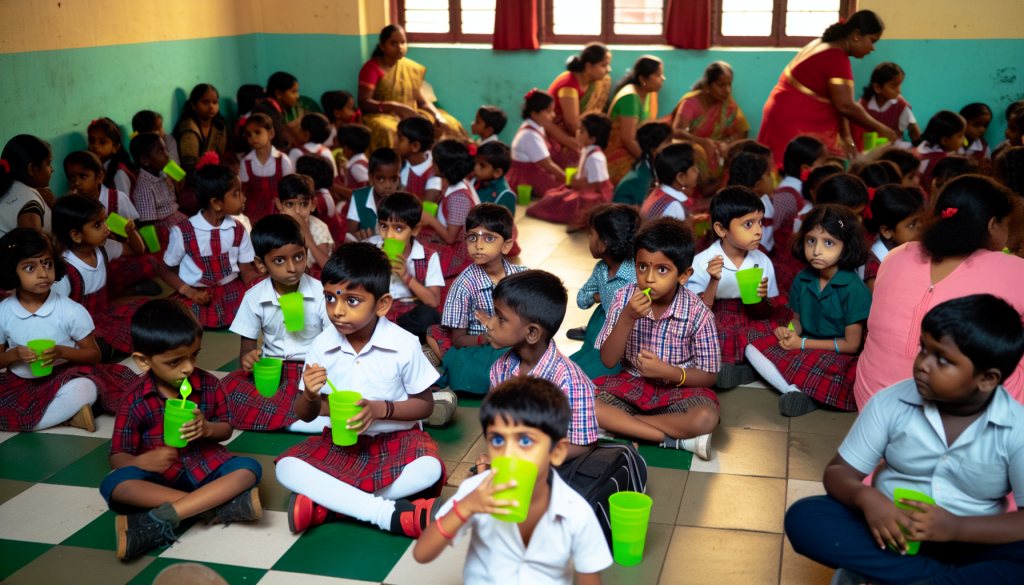WHO cautions that tobacco consumption contributes to child growth impairment

The World Health Organization (WHO) has released a new report emphasizing the damaging effects of tobacco on child development, particularly its contribution to child stunting—a condition that affects approximately 150 million children globally, mostly in regions such as Africa and Asia. Stunting heightens the risk of illness, developmental delays, and even early mortality. This latest release is the eleventh in a series of summaries about tobacco-related health issues and is aimed at healthcare workers, decision-makers, and public health supporters.
In the publication, WHO calls on national authorities to enforce stricter tobacco control measures to shield children from smoke exposure, especially during pregnancy.
“Stunting deprives children of their potential to grow, learn, and flourish,” said Dr. Etienne Krug, Director of the WHO Department of Social Determinants of Health. “Children living with smoking parents face greater risks of stunting.”
The effects of tobacco on growth in children
• Children with smoking parents are more susceptible to stunted growth, with greater exposure leading to higher risk.
• Smoking during pregnancy is closely linked to premature birth, low weight at birth, and slowed fetal growth—early factors that increase the chance of stunting by age two.
• Higher levels of maternal smoking during pregnancy have a more severe impact on the unborn child, with long-term consequences beyond infancy.
• Research indicates that quitting smoking during pregnancy contributes positively to a child’s growth and development.
Stunting is defined by a child’s height being significantly below average for their age, based on WHO child growth indicators.
An avoidable health risk
Tobacco smoke carries thousands of harmful substances that can interfere with fetal and early childhood health. Exposure during pregnancy may result in restricted growth, birth defects, and an increased chance of developing chronic conditions. After birth, second-hand smoke raises the risk of lung infections and developmental issues, further contributing to stunted growth.
WHO urges global response
The organization calls on all nations to fully enforce the WHO Framework Convention on Tobacco Control (WHO FCTC) along with the MPOWER strategies—evidence-backed actions to lower tobacco use and enhance public health. These include:
• ensuring that expectant mothers and young children are not exposed to tobacco smoke;
• offering support services to help people quit smoking, focusing on pregnant individuals; and
• establishing and maintaining smoke-free zones in all indoor public areas.
Future directions
Although the current body of evidence clearly links tobacco exposure with hindered child growth, WHO stresses the need for expanded studies to better understand how tobacco use affects development and identify how quitting can reduce stunting.
Reducing tobacco exposure for pregnant women is essential for lowering the prevalence of stunting, improving child survival and growth, and contributing to broader public health objectives.

